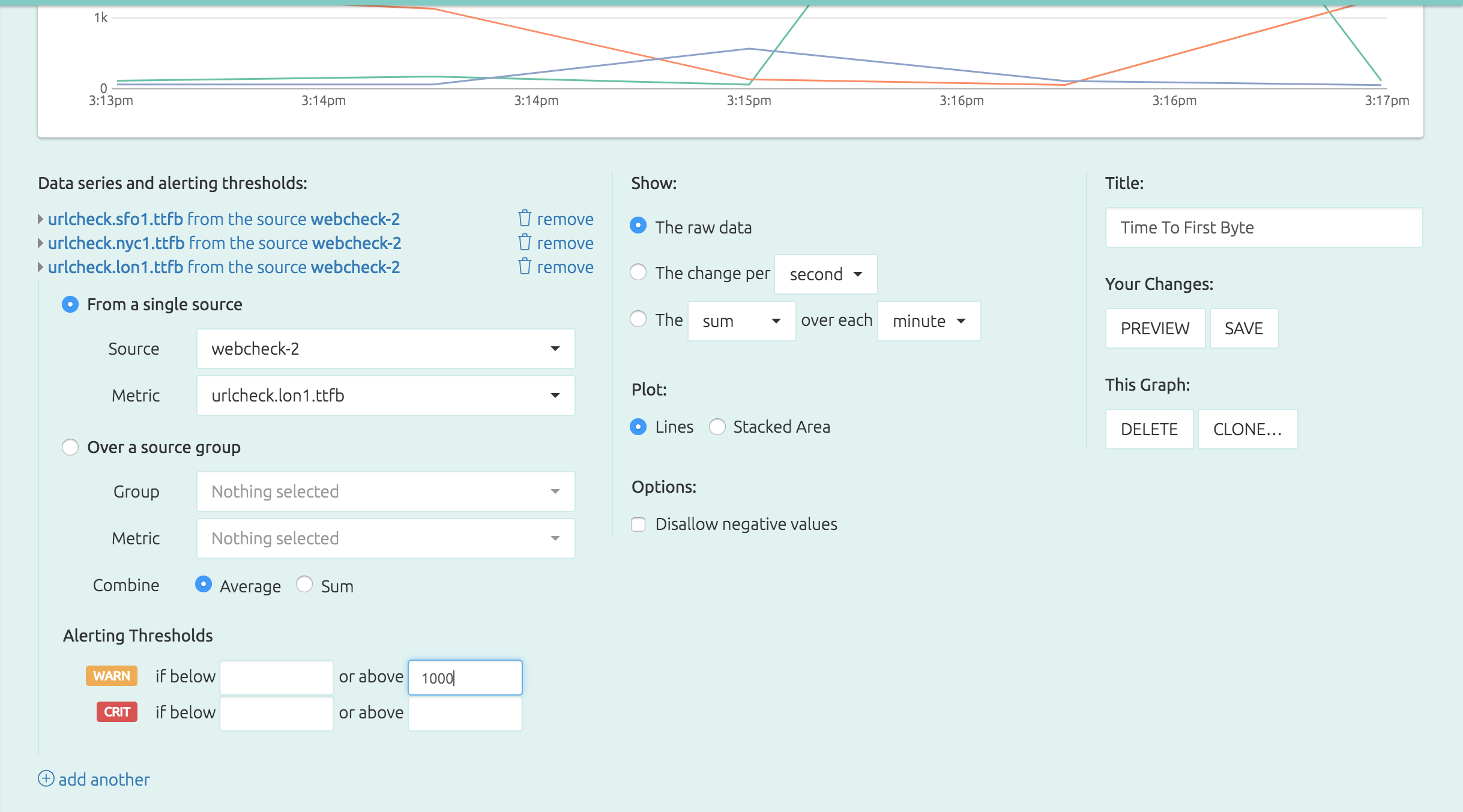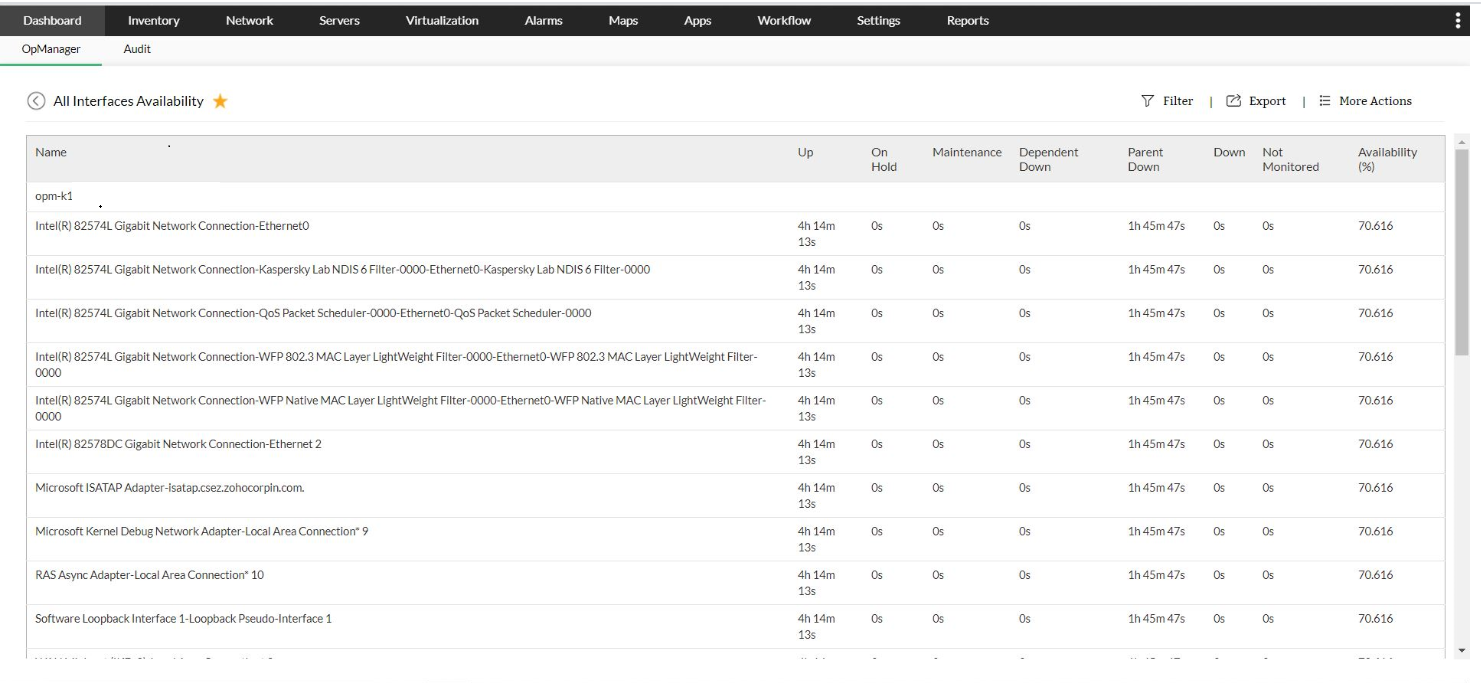

Two commands are helpful for getting general information about the switch and the version of Cumulus Linux you are running. The dmesg command is applied until the next reboot.įor more details about the dmesg command, run man dmesg. For example, to print critical conditions, run the following command: sudo dmesg -console-level crit For example, if you specify level 3, only level 2 (critical conditions), level 1 (serious conditions), and level 0 (emergency messages) are printed to the console: sudo dmesg -n 3Īlternatively, you can run dmesg -console-level command, where the log levels are emerg, alert, crit, err, warn, notice, info, or debug. Only messages with a value lower than the level specified are printed to the console. Message notifications for many conditions, including security events.

Warning messages (nothing serious but might indicate problems).

#Log file monitor uptime drivers
Serious conditions you must take action immediately.Ĭritical conditions (serious hardware or software failures).Įrror conditions (often used by drivers to indicate difficulties with the hardware). To tune console logging to be less verbose so that certain levels of messages are not printed, run the dmesg -n command, where the log levels are: LevelĮmergency messages (the system is about to crash or is unstable). For more information, see this knowledge base article.īy default, the console prints all log messages except debug messages.
#Log file monitor uptime serial
If you plan on accessing the switch BIOS over the serial console, you need to update the baud rate in the switch BIOS. GRUB_CMDLINE_LINUX="console=ttyS1,115200n8 cl_platform=accton_as5712_54x"Īfter you save your changes to the grub configuration, type the following at the command prompt: update-grub The two relevant lines in /etc/default/grub are as follows replace the 115200 value with a valid value specified above in the -speed variable in the first line and in the console variable in the second line: GRUB_SERIAL_COMMAND="serial -port=0x2f8 -speed=115200 -word=8 -parity=no -stop=1" Review grub changes carefully before you implement them.Įdit the /etc/default/grub file. Incorrect configuration settings in grub can cause the switch to be inaccessible via the console. On x86 switches, you configure serial console baud rate by editing grub. You must reboot the switch for the baudrate change to take effect.Ĭonfigure the Serial Console on x86 Switches Updating environment variable: `baudrate' To change the baudrate variable, use the fw_setenv command: sudo fw_setenv baudrate 9600 On ARM switches, the U-Boot environment variable baudrate identifies the baud rate of the serial console. Configure the Serial Console on ARM Switches The default serial console baud rate is 115200, which is the baud rate ONIE uses. The serial console is a useful tool for debugging issues, especially when you find yourself rebooting the switch often or if you do not have a reliable network connection. This chapter introduces monitoring and troubleshooting Cumulus Linux. If you are redirected to the main page of the user guide, then this page may have been renamed please search for it there.

The current version of the documentation is available If you are using the current version of Cumulus Linux, the content on this page may not be up to date. Resource Diagnostics Using cl-resource-query.Using Nutanix Prism as a Monitoring Tool.Simple Network Management Protocol - SNMP.Monitoring System Statistics and Network Traffic with sFlow.Using NCLU to Troubleshoot Your Network Configuration.Monitoring Interfaces and Transceivers Using ethtool.Understanding the cl-support Output File.Network Switch Port LED and Status LED Guidelines.Equal Cost Multipath Load Sharing - Hardware ECMP.Bidirectional Forwarding Detection - BFD.Hybrid Cloud Connectivity with QinQ and VXLANs.Ethernet Virtual Private Network - EVPN.Virtual Router Redundancy - VRR and VRRP.Default Cumulus Linux ACL Configuration.Authentication, Authorization and Accounting.


 0 kommentar(er)
0 kommentar(er)
